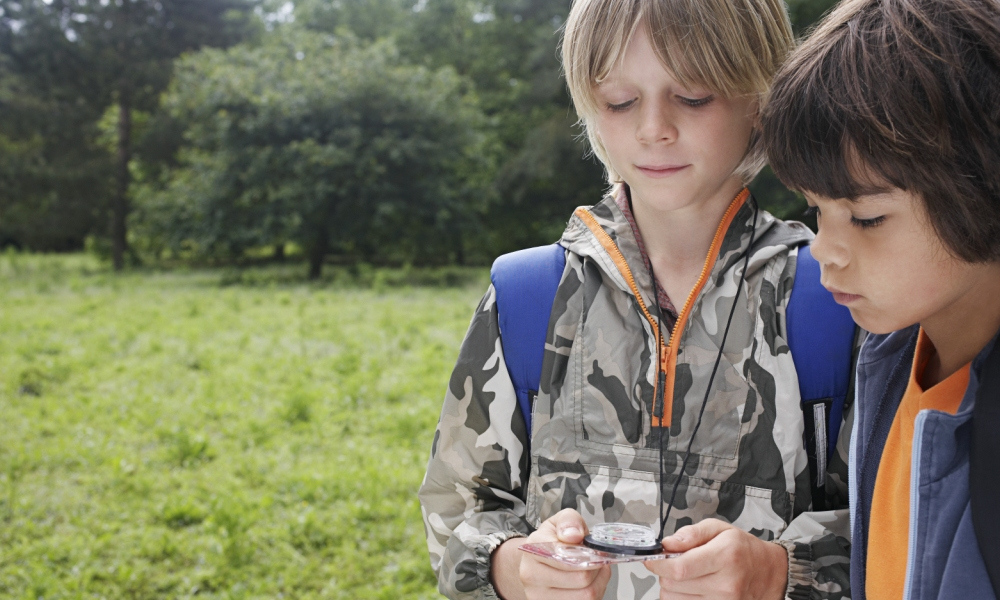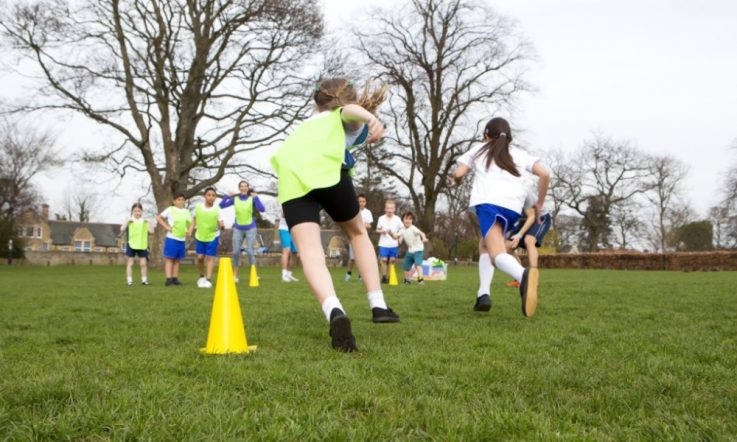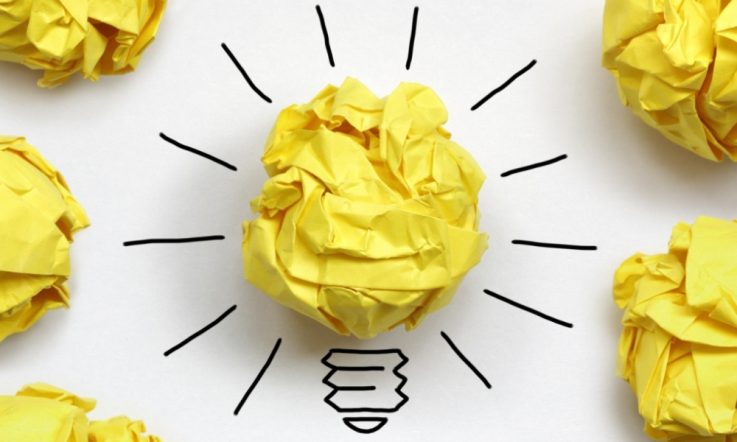The issue of assessment is critical in a context-based teaching approach.
Consistent and effective methods of assessing the knowledge of learners is crucial to student engagement and improved learning outcomes. Good assessment practices allow teachers to better understand individual strengths and weaknesses, how to set goals and targets for learners, where to direct attention, resources and expertise, and how to adapt teaching practice to achieve greater student success.
Planning the assessment(s)
At the planning stage it is vital to make decisions about when and how students will be assessed and evidence of performance collected. In an applied, investigative, context-based approach, much of the learning and achievement of outcomes occurs during the process of undertaking the task set for the learner. Therefore, it is important to not only plan the assessment, but also how to record and document the outcomes.
You need to be ready to observe, record and document learner achievements as they occur. Leaving it to a single, final summative assessment event may ignore or miss those outcomes, and hence not give credit to all the student's knowledge and achievements, or for their ability to apply their knowledge and skills in a practical way.
Not all tasks or investigations need to be seen as assessable tasks – this will partly depend on the curriculum against which you are teaching and reporting.
The task itself forms the content of the assessment
A holistic approach to the development and assessment of skills through project-based activities will help ensure that students are able to identify and apply these skills within different personal, social or working environments. Utilising the approach that I have outlined in this series of articles, the tasks or projects set for students will form the main content of the assessment tasks or activities and will be grounded in relevant contexts.
One important aspect to remember is that students should have the opportunity to demonstrate achievement at their own pace, and it's important to use a method for recording their performance that matches their skills – the assessment and collection of evidence should be negotiated when the task is being explained and agreed to by the learner.
It would be ideal for students to be assessed while actually undertaking a real-life task, for example, planning for and purchasing goods in a shop, following recipes and measuring ingredients as part of cooking or preparing food in a kitchen, or even giving and following directions in outside locations. However, this is not always possible and a range of methods for undertaking tasks and associated assessment options should be used according to the needs of students and the teaching and learning situation. For example, assessment could occur while observing students performing simulated projects, undertaking role plays or tasks in a classroom environment.
Assessment for learning
In the previous stages of planning for context-based teaching you will have mapped the underpinning mathematics required for the task and identified the resources needed to teach these skills. So when you are assessing and observing students as they progress through the task, you will be prepared to intervene and support the learner(s) in a targeted way to support the development of any required maths skills if gaps are identified.
Collection of evidence and recording student outcomes
Often the crucial aspect related to assessment in an investigative, context-based approach is in how to record and document performance and outcomes. A number of assessment approaches and methods of recording student outcomes are suited to a context-based teaching approach. These could include:
The actual products or reports from projects undertaken (and with technology being more readily available these days, this could include digital photos or videos of students working on the tasks);
- Brochures, posters and the use of presentation software to document the task and its implementation and outcomes;
- Folios of materials or other products of the tasks or investigations;
- Oral presentations;
- Performance of practical tasks associated with teacher or peer observation and reporting;
- Student documentation and reports of planning, research and work;
- Student self-assessment sheets, reflections, or journal and diary entries;
- Teacher observation and checklists.
- Observation recording sheets
In undertaking project-based activities a good strategy that teachers may use is to create an observation recording sheet, which has been mapped against the relevant curriculum descriptions in advance, so that as a student is observed performing a skill, you can easily annotate the sheet to indicate what outcomes were achieved. One suggestion is to create an editable checklist in Microsoft Excel which lists the names of individual students against the detailed curriculum or performance criteria or your own scoring rubric, which you can then annotate once the student has performed the skill.
The final article in this 10-part series on real-world maths, will focus on the role of the teacher and their role as a facilitator and a resource person, and their responsibilities in relation to teaching the mathematics and problem solving underpinning a context-based teaching approach.
Further reading
For further information about quality assessment practices and approaches see the work of Professor Geoff Masters AO.
References
Marr, B., Helme, S., and Tout, D. (2003). Rethinking assessment: strategies for holistic adult numeracy assessment. A resource book for practitioners, policy-makers, researchers and teachers. Language Australia, Melbourne
Masters, G. N. (2013). Reforming Educational Assessment: Imperatives, principles and challenges. Australian Education Review; No. 57. ACER: Camberwell
Tout, D., and Motteram, G. (2006). Foundation numeracy in context. Australian Council for Educational Research (ACER). Camberwell, Vic.
Do you use classroom activities that reflect the real-life situations that your students are likely to face beyond the school gates?
What strategies, processes and tools do you use to assess your learners when you use a problem solving approach in your classroom?
When your students are undertaking a task that reflects a real-life situation, how are you recording learning and achievement outcomes?



